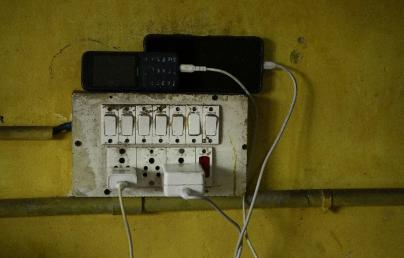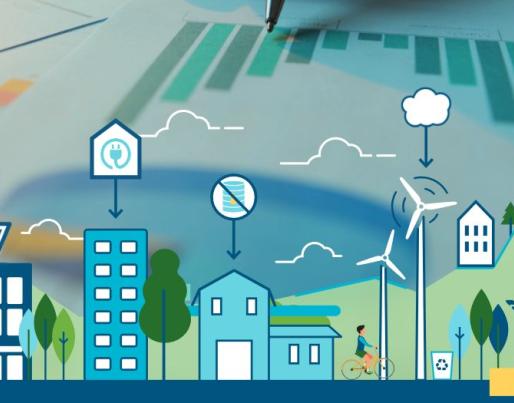
Ready for carbon neutral by 2050? Assessing ambition levels in new building standards across the EU

Ready for carbon neutral by 2050? Assessing ambition levels in new building standards across the EU
This report provides a close examination of six EU focus geographies. It shines a spotlight on wide-ranging discrepancies between EU countries in their approaches towards building sector decarbonisation, both in terms of consistency regarding the definition of ‘NZEB’ as laid out in the Energy Performance of Buildings Directive (EPBD), and in terms of overall ambition levels.
A major milestone has been reached in terms of energy consumption in buildings in the European Union (EU). From the beginning of 2021, all new buildings in the EU must be nearly zero-energy buildings (NZEBs), meaning a building with a very high energy performance, and for which the remaining low energy needs are sourced primarily from renewable energy sources (RES). For new buildings owned and occupied by public authorities, this requirement has been in place from the beginning of 2019.
This milestone is important for EU decarbonisation efforts, as the buildings sector accounts for 36% of the EU’s carbon emissions and 40% of its energy use. Given this sizeable footprint, it is critical to ensure that new buildings are NZEBs so that their energy and carbon impact is reduced as much as possible.
New buildings can show the market what is possible when excellent design, high energy performance, and low-carbon technologies come together in the built environment, and they can also lead to technological innovations and gains in the cost effectiveness of realising NZEBs. Done poorly, however, new buildings can lock in additional carbon emissions, as explained in a recent study showing that constructing new buildings to anything higher than 50 kWh/m2/year essentially locks in 80% of 2005-level emissions trajectories to 2050.
Keeping this in mind, this report examines whether the EU’s new building standards and policy frameworks, both across the EU and selected EU territories, are rigorous enough to achieve the most recent decarbonisation targets. It features a comparative assessment and benchmarking of select EU geographies: Flanders (Belgium), France, Germany, Italy, Poland, and Spain. Ambition levels for key NZEB metrics, notably energy performance and renewable energy requirements, are scrutinised within wider policy contexts and alongside any key supporting measures, notably fossil fuel phase-outs and carbon limits.
Standard approaches, experiences and insights from these EU territories are considered within a wider assessment of the EU policy framework on buildings, and most notably a third revision of the Energy Performance of Buildings Directive (EPBD). An important reference and supplement to this report is a recent BPIE policy briefing that reviews how standards for new buildings in EU Member States (MS) are aligned with the NZEB requirements contained in the EPBD.
The findings contained in this report suggest that decarbonisation in new buildings in the EU is happening too slowly and inconsistently. A reasonable conclusion to draw from this is that Europe’s 2050 decarbonisation objectives will be at high risk unless MS building policies can be made to provide stronger support. Government policies differ in several important ways when it comes to “moving the needle” on new building standards, both in terms of being consistent with the NZEB definition as laid out in the EPBD, and in terms of ambition levels on building-sector decarbonisation.
Read the full report presentation here.
bpie_assessing-nzeb-ambition-levels-across-the-eu_hd.pdf
English (25.3 MB - PDF)
